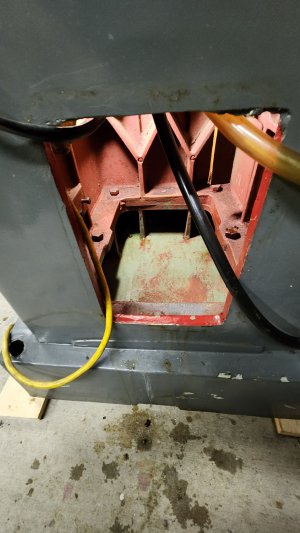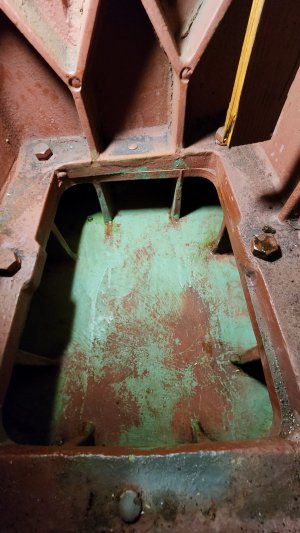- Joined
- Nov 27, 2022
- Messages
- 108
Good evening everyone. Just bought a Lagun mill. It's clean and in fantastic shape. Before placing it, I opened up the rear access for the coolant and pump. What I found was... disturbing. Maybe it's normal, and that's why I'm floating this to you guy's.
Inside was an inch of sludge, swarf and chips. The consistency of a thick batter. On top of that, was an inch of oil-ish fluid. I should have gotten a before pic. I'm pretty sure that I'm the first one in there since the factory buttoned it up. I removed the pump, oil, sludge, chips and thoroughly cleaned and de-greased.
So, how come no filter of any sort? Not even a sump for the large debris? Chips can flow from the table to the reservoir to the pump and back to the table? I did place some strong magnets where the fluid deposits, but what about non ferrous metal? Or is this just not an issue? Thanks in advance.
M. Noob
Inside was an inch of sludge, swarf and chips. The consistency of a thick batter. On top of that, was an inch of oil-ish fluid. I should have gotten a before pic. I'm pretty sure that I'm the first one in there since the factory buttoned it up. I removed the pump, oil, sludge, chips and thoroughly cleaned and de-greased.
So, how come no filter of any sort? Not even a sump for the large debris? Chips can flow from the table to the reservoir to the pump and back to the table? I did place some strong magnets where the fluid deposits, but what about non ferrous metal? Or is this just not an issue? Thanks in advance.
M. Noob



